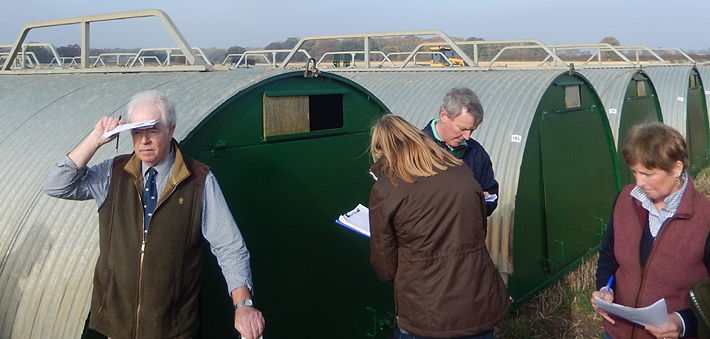With the SPP still on the drift, losing another 0.59p this week to drop back to 162.33p and German prices falling by a further 4 cents, it will come as no surprise to report that pig values remain on a downward track.
A mixed week as far as sellers are concerned, with more pigs about and although demand is reasonably firm, it’s been difficult to find homes for many extra pigs and where there was space, spot prices in the 150p region were indicated.
Weekly contribution prices are also under pressure and although some stood on, a penny or two came off in places.
On the currency front, the Euro traded on Friday worth 88.4p, which is marginally dearer than its value a week earlier, but despite this, cull sow prices remain in decline and were back by a further 4p reflecting lower EU pig meat values across the board. Most are now trading in the 84p-87p range, compared with almost 100p at the end of August.
Unfortunately the gap in value between imported and home produced pig meat is continuing to widen, putting our market under further pressure in the run up to Christmas.
Weaner values continue to reflect the falling SPP with the 30kg AHDB average down by 0.85p to £58.49 although 7kg values were a little firmer on the week, averaging £44.32/head.
With better weaner availability there may be some buying opportunities out there but finishers should keep a wary eye on the calendar with Christmas no more than 12 weeks away.
Grain prices
Grain prices have ended a relatively quiet trading week, although the oilseed market was a little more volatile with soya and rape futures prices falling, following an increase in predicted US soya bean yields. UK feed wheat traded on the LIFFE market at £140.80 for November and £145.05 for March. UK protein prices reflected easing values in the US with 48% soya meal ex-Liverpool traded at £249/t in mid-September and 34% rape meal ex-Kent at £159/t.
And finally, more paperwork appears to be on the horizon as far as IPPC permits are concerned, with the news that the Environment Agency are planning to review all existing environmental permits over the next four years. This includes the implementation of Best Available Technique Associated Emission Levels, and the EA will be sending questionnaires to farms with permits to determine whether these units will comply with the new standards to be introduced, and what improvements may be required to meet these new levels.




